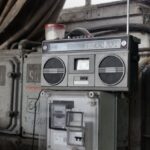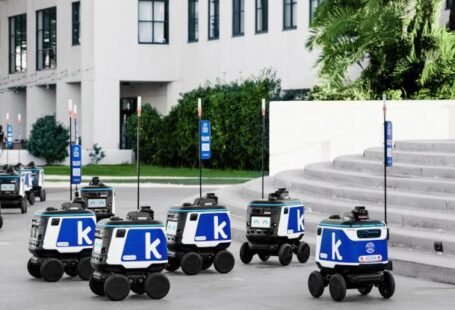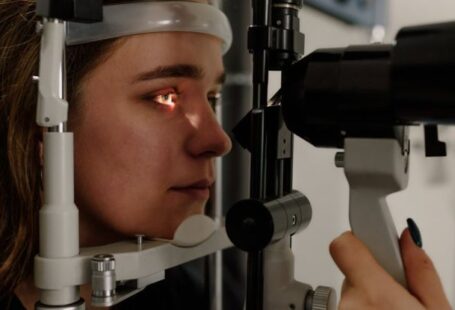Harnessing the power of wind has long been recognized as a clean and renewable energy source. Wind turbines, with their towering structures and graceful blades, are a common sight in many countries around the world. But have you ever stopped to wonder how rotational dynamics play a crucial role in powering these turbines to generate sustainable energy? Let’s delve into the fascinating world of wind turbine technology and explore how the principles of rotational dynamics come into play.
The Basics of Wind Turbines
Wind turbines are designed to convert the kinetic energy of the wind into mechanical power, which is then used to generate electricity. The basic components of a wind turbine include the tower, the nacelle (which houses the generator and other equipment), and the rotor blades. When the wind blows, it causes the rotor blades to rotate, setting the entire turbine system in motion.
Rotor Blades and Aerodynamics
The rotor blades of a wind turbine are perhaps the most visually striking component of the structure. These blades are carefully designed to capture the maximum amount of wind energy and convert it into rotational motion. The shape and angle of the blades are optimized to minimize drag and maximize lift, similar to the wings of an airplane.
As the wind flows over the curved surface of the rotor blades, it creates a pressure difference between the top and bottom surfaces, generating lift. This lift force causes the blades to rotate, setting the rotor in motion. The principles of aerodynamics play a crucial role in ensuring that wind turbines operate efficiently and produce maximum power output.
Rotational Dynamics in Action
Once the rotor blades start rotating, the principles of rotational dynamics come into play to drive the generator inside the nacelle. The rotational motion of the blades is transferred to a shaft connected to the generator, which spins at high speeds to produce electricity. This seamless conversion of mechanical energy into electrical energy is made possible by the laws of rotational dynamics.
Torque and Angular Momentum
In the world of rotational dynamics, torque and angular momentum are key concepts that govern the motion of rotating objects. Torque, which is a measure of the rotational force applied to an object, is what causes the rotor blades of a wind turbine to rotate when exposed to the force of the wind. The amount of torque generated by the wind determines the speed at which the blades rotate and, consequently, the power output of the turbine.
Angular momentum, on the other hand, is a measure of an object’s rotational motion around a fixed axis. In the case of a wind turbine, the rotating blades possess angular momentum, which is transferred to the generator to produce electricity. By harnessing the principles of torque and angular momentum, wind turbines are able to efficiently convert wind energy into electrical power.
Efficiency and Sustainability
Wind turbines are an integral part of the global push towards sustainable energy solutions. By harnessing the power of the wind through the principles of rotational dynamics, wind turbines offer a clean and renewable alternative to traditional fossil fuel-based energy sources. The efficient conversion of wind energy into electricity not only reduces carbon emissions but also helps to mitigate the impact of climate change.
In conclusion, the role of rotational dynamics in powering wind turbines for sustainable energy is a testament to the ingenuity of human engineering. By leveraging the principles of aerodynamics, torque, and angular momentum, wind turbines are able to harness the natural energy of the wind and convert it into electricity. As we continue to explore innovative ways to generate clean energy, the importance of rotational dynamics in driving wind turbine technology cannot be overstated.





